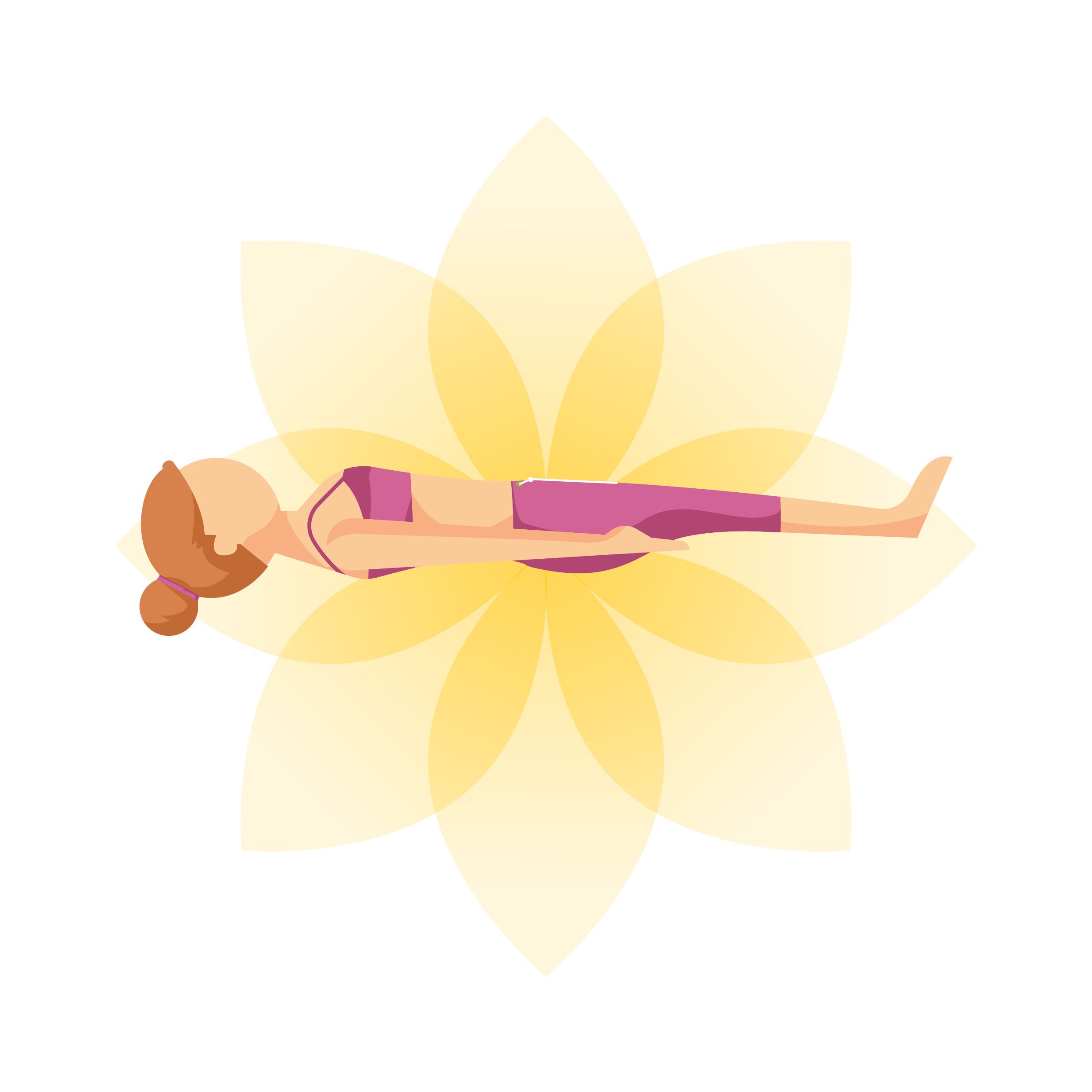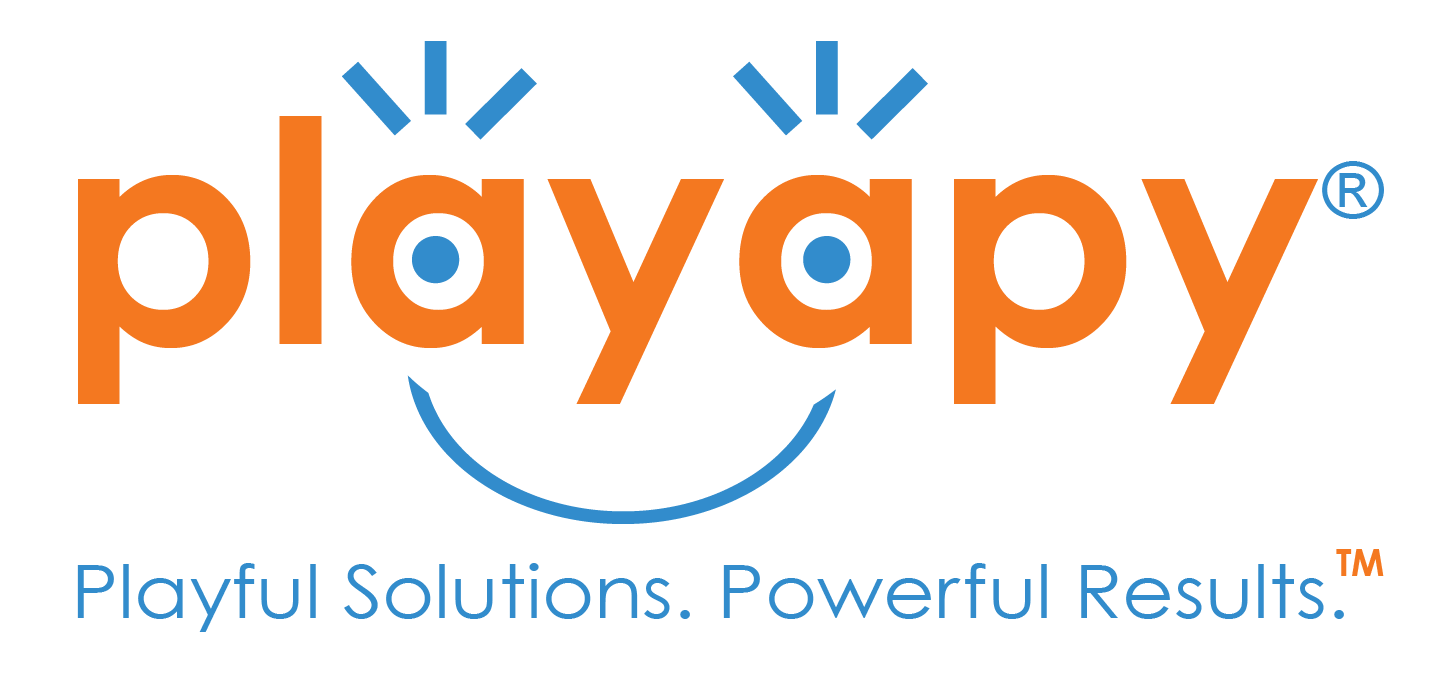
11 Sep The Easiest Relaxation Exercise
One question I often receive from parents of energetic children is how to get them to relax more. Sometimes therapists seem to have an endless list of toys and tools for kids. This can be true because we are trained to be resourceful. However, some days it seems like the simplest ideas can be just as beneficial. Here is how I came to realize the easiest relaxation exercise that I could recommend to parents.
What Is It?
One day I was working with a child that seemed to always be “on the go.” After completing an obstacle course with plenty of opportunities for movement, it occurred to me that I had never seen this child relax. Kids do relax, right? In an effort to take a moment for myself, I reflected on my own experiences and techniques for self-relaxation. Personally, the only time I seem to really relax is at the end of a yoga class. If you have ever taken one, you know that they typically end in what is considered the most important pose, which is called savasana or corpse pose. You can call it “dreamer” if you prefer, but the purpose of this is to reward your body after its hard work.
How Do You Do It?
So how did I get my little engine that could to stop his train? First, I had him lie flat on the floor with his stomach, palms of his hands, and face toward the ceiling. Then I asked him to closes his eyes, which sometimes can be the most challenging step. Then I put on some yoga music! Technically it was sounds provided by a phone app called Brain Waves, but it was just the trick! My goal for him was relatively short at just 2-3 minutes of stillness. He was able to enjoy his quiet moment and transition into his next activity with a peaceful smile.
How Does It Work?
I would point out that this activity was completed after close to 30 minutes of exercise including movement of large muscles and the small ones in the hands. This is important because children that seek movement need it like food when hungry. So once he was fed, then I was able to switch his focus. In general, I do feel that working with a child on the floor can bring down the energy level overall, so sitting on the floor is a good transition into this exercise. This pose also is a bridge to learning meditation practices that have many benefits.
What Are Its Benefits?
In addition to relaxation, this pose has been noted to have several other benefits. These include relief of stress, fatigue, and muscle tension. It can improve concentration and calm the mind. Lastly, this relaxation exercise can help to stimulate blood circulation. Don’t just take my word for it. Many yogis use this pose to meditate. Research from the University of Massachusetts Medical School shows that people who regularly meditate are calmer, happier, and less stressed.1This is because meditators move brain waves from the right frontal cortex to the calmer left cortex.
Implementing this simple relaxation exercise into your child’s routine may be the easiest and most beneficial activity you can do with your child today. Give it a try and see if you also notice the benefits. If your child struggles with this exercise overtime, you may want to seek additional support from an occupational therapist to evaluate your child’s self-regulation skills.
Have a playful day!
Amy Baez, MOT, OTR/L
Amy Baez is the Founder of Playapy and Creator of the PALS Handwriting Program. She is a pediatric occupational therapist, speaker, and parent coach with over 18 years of experience. Learn more at www.playapy.com.
1Allen, C. (2003, April 1). The Benefits of Meditation. Retrieved from https://www.psychologytoday.com/us/articles/200304/the-benefits-meditation.
